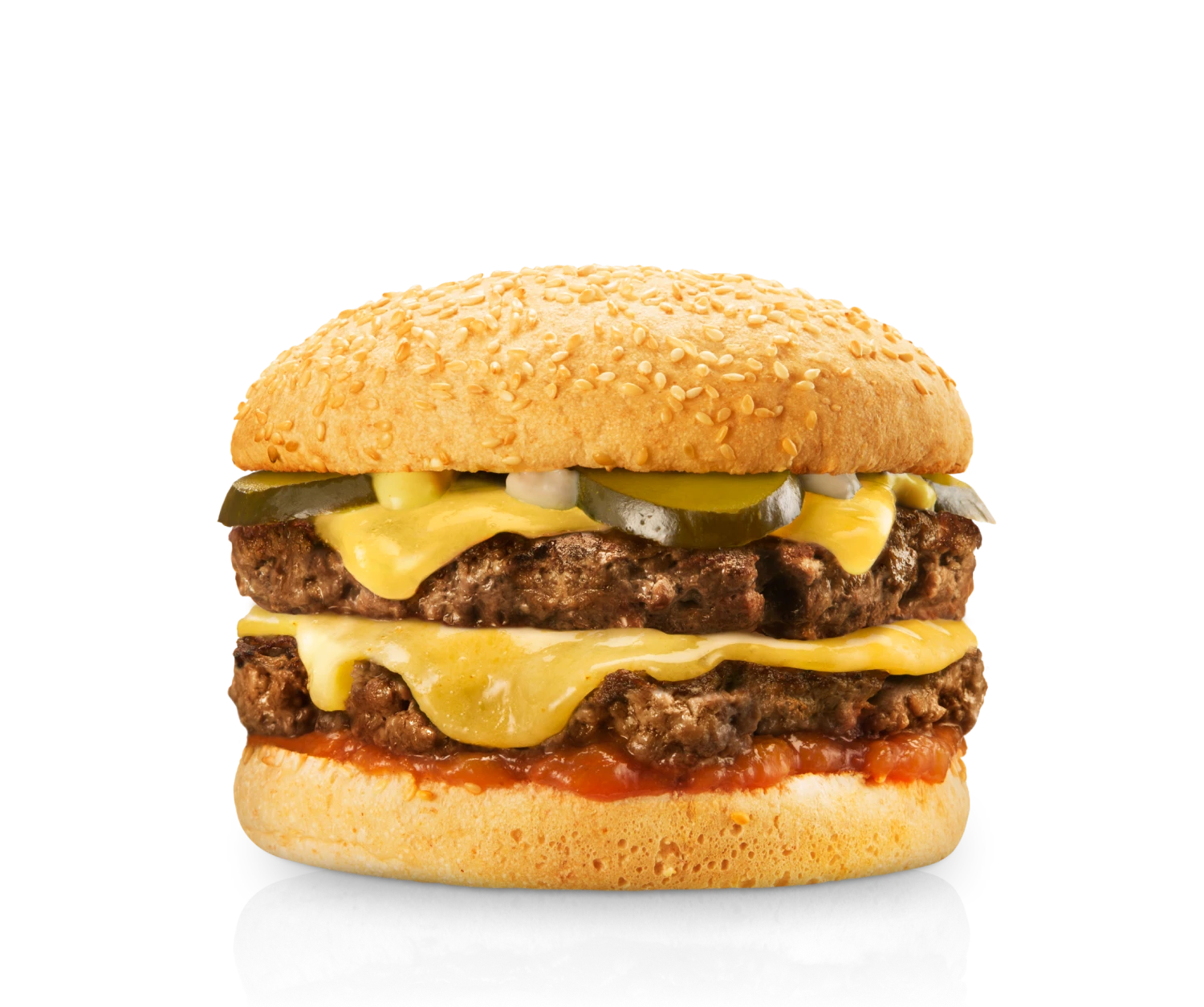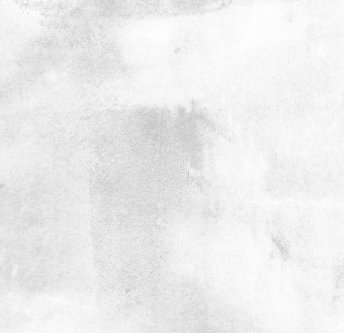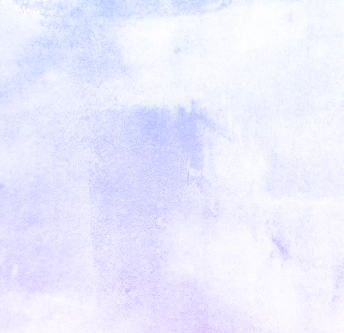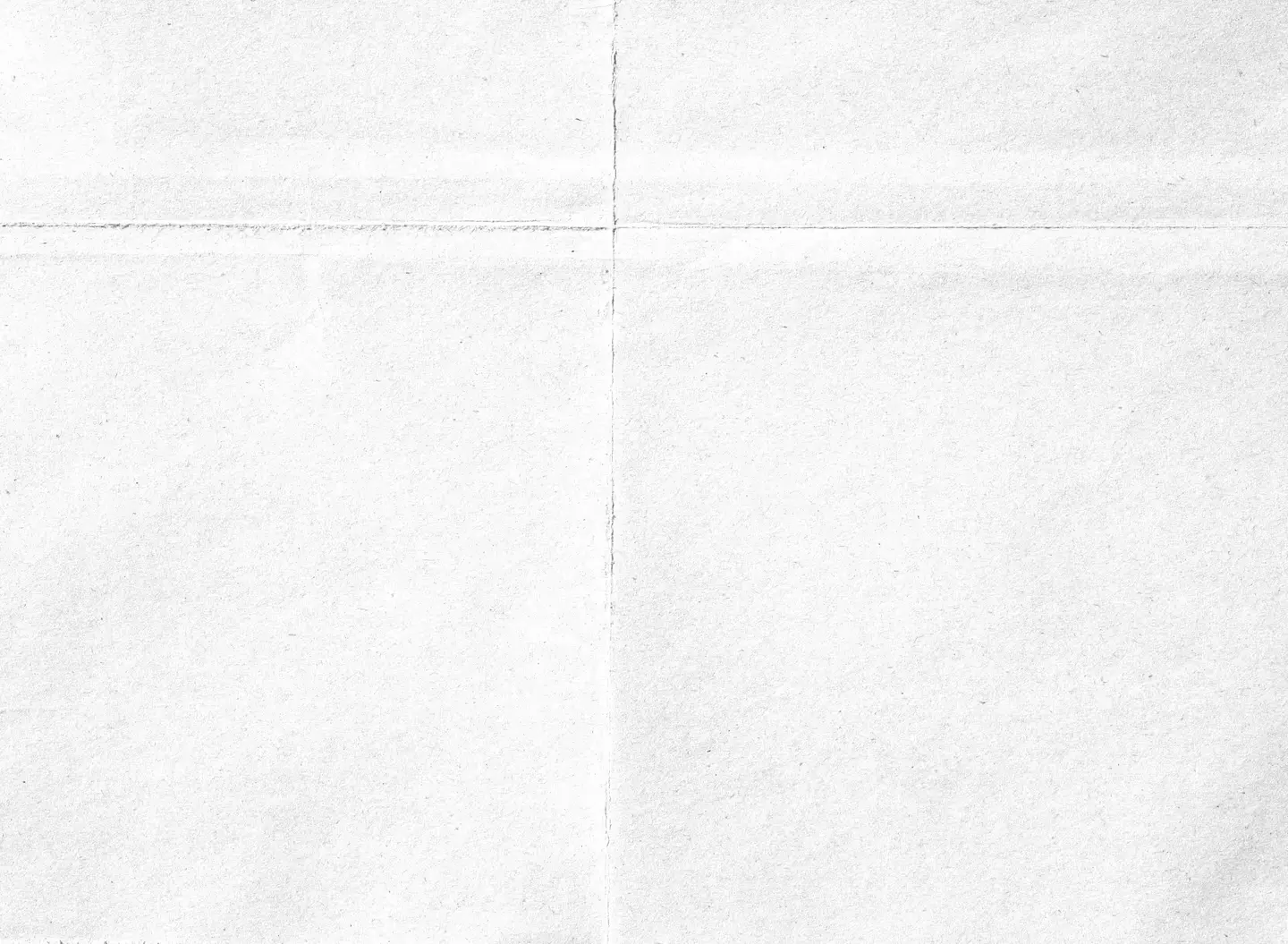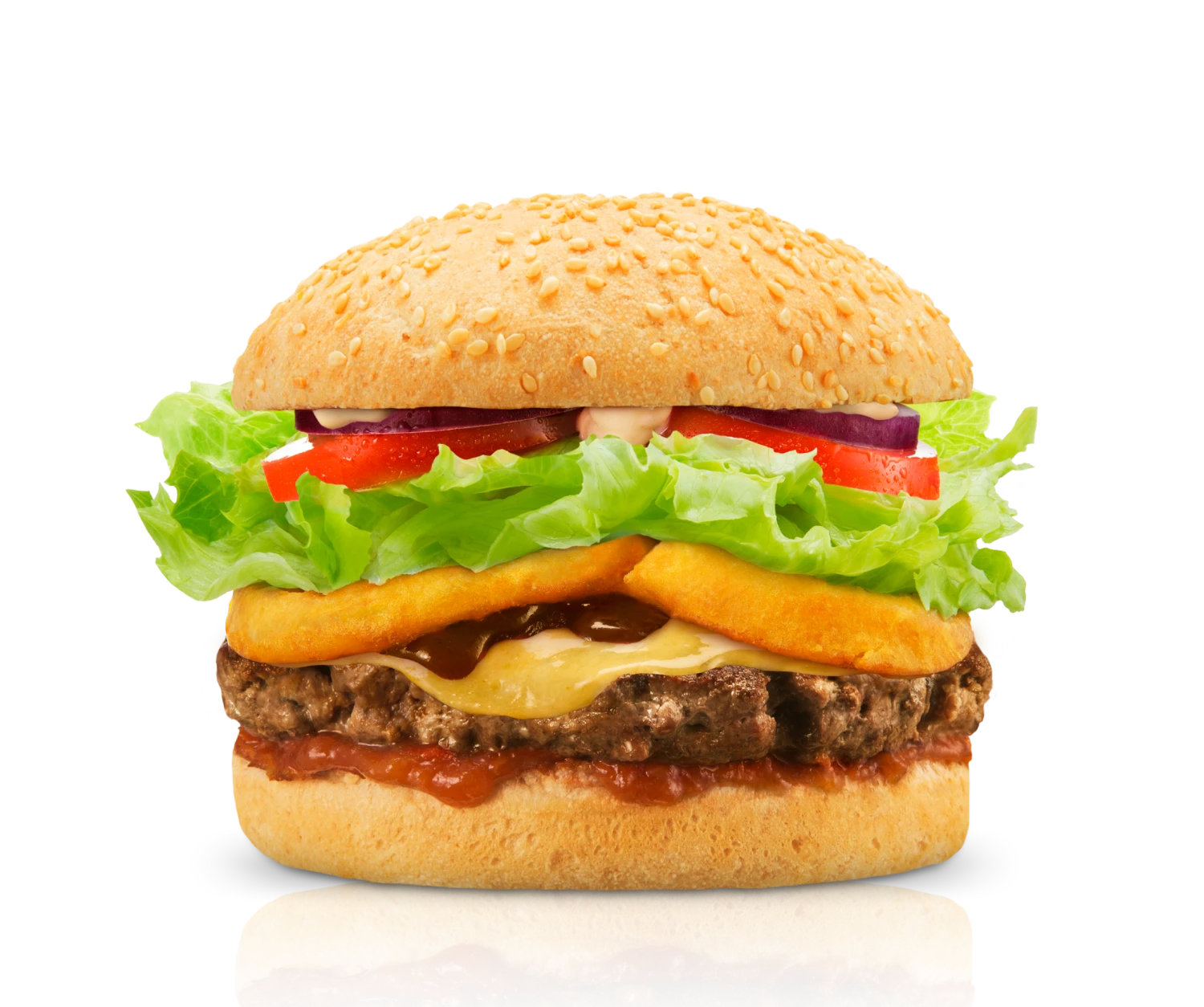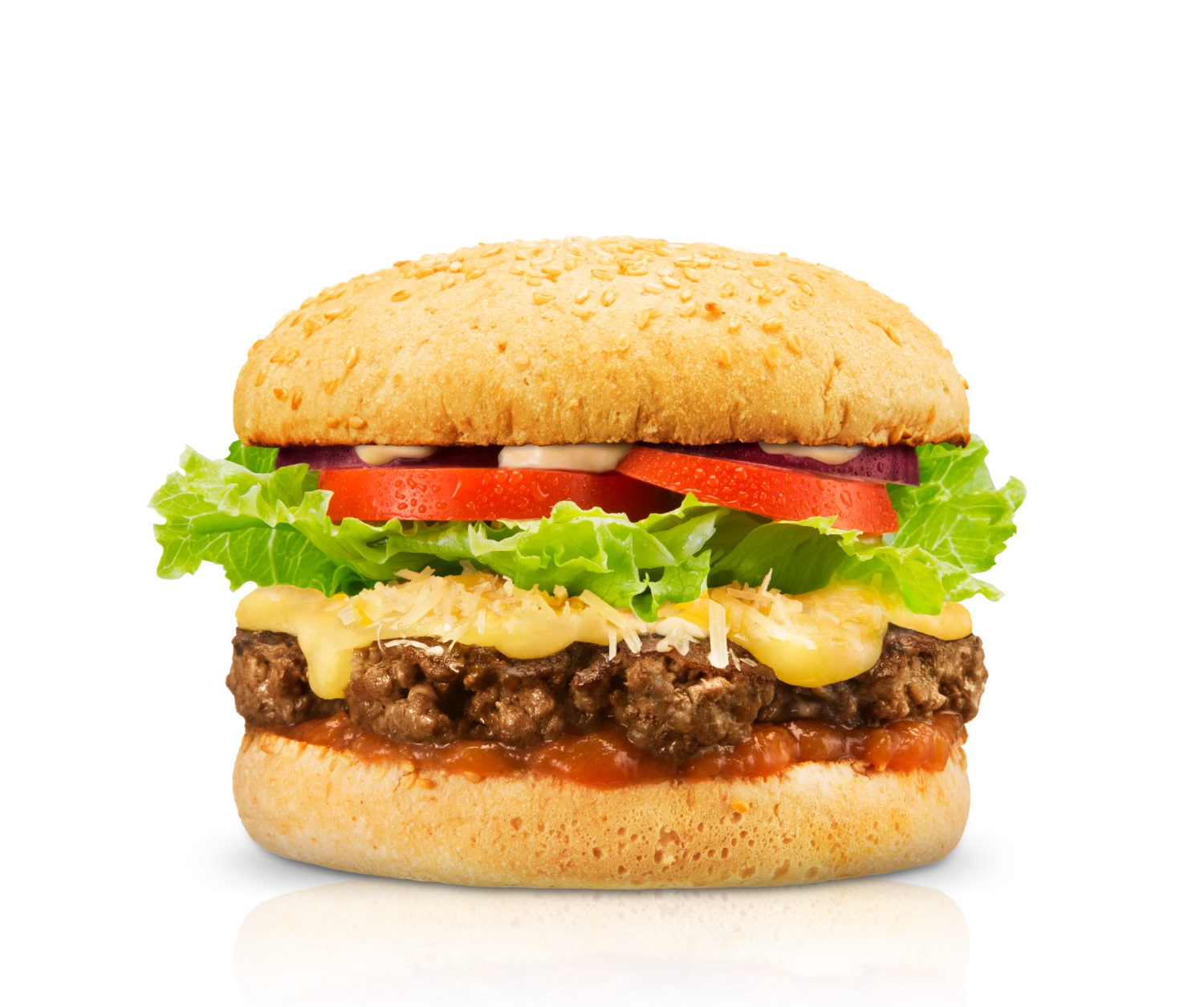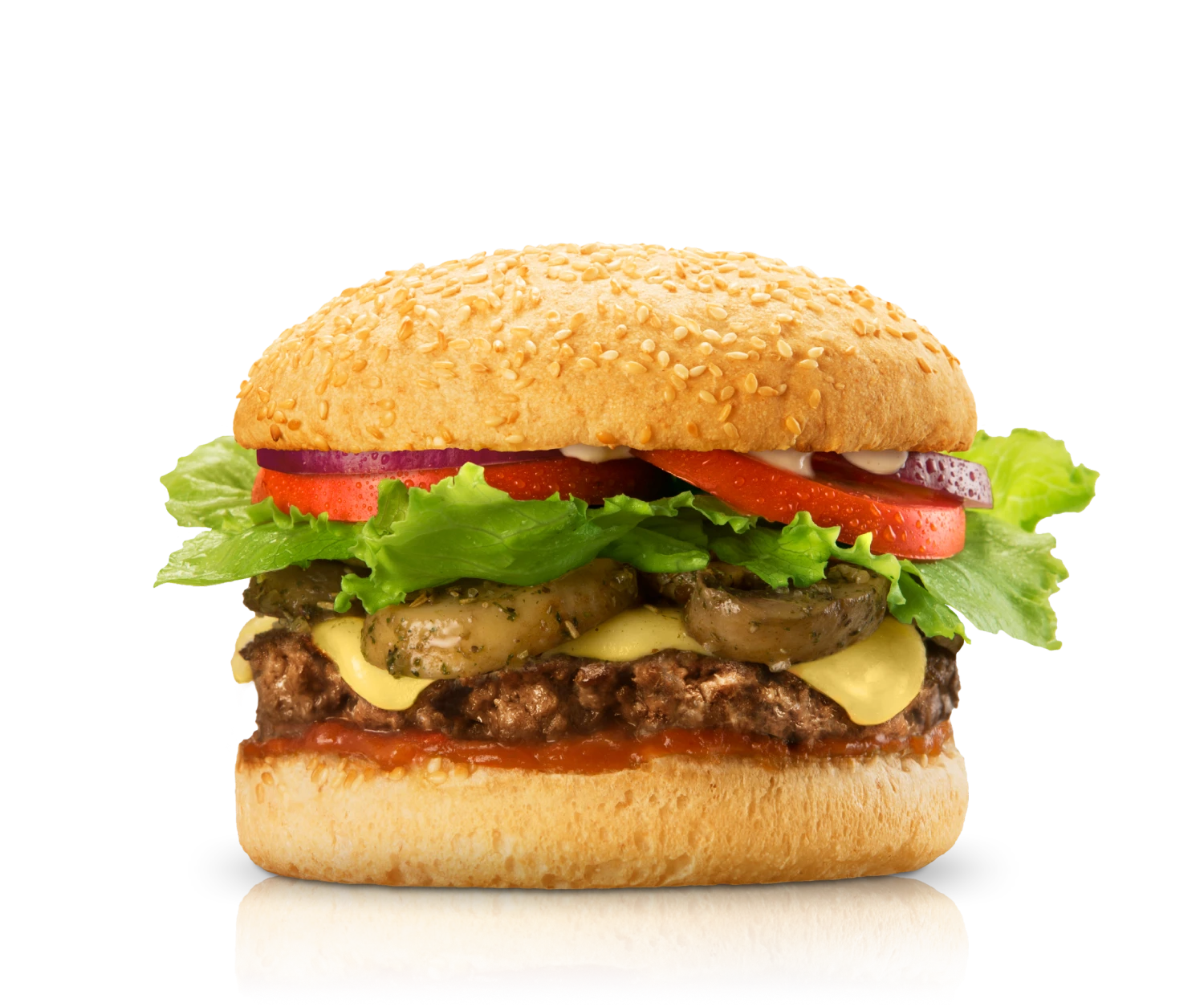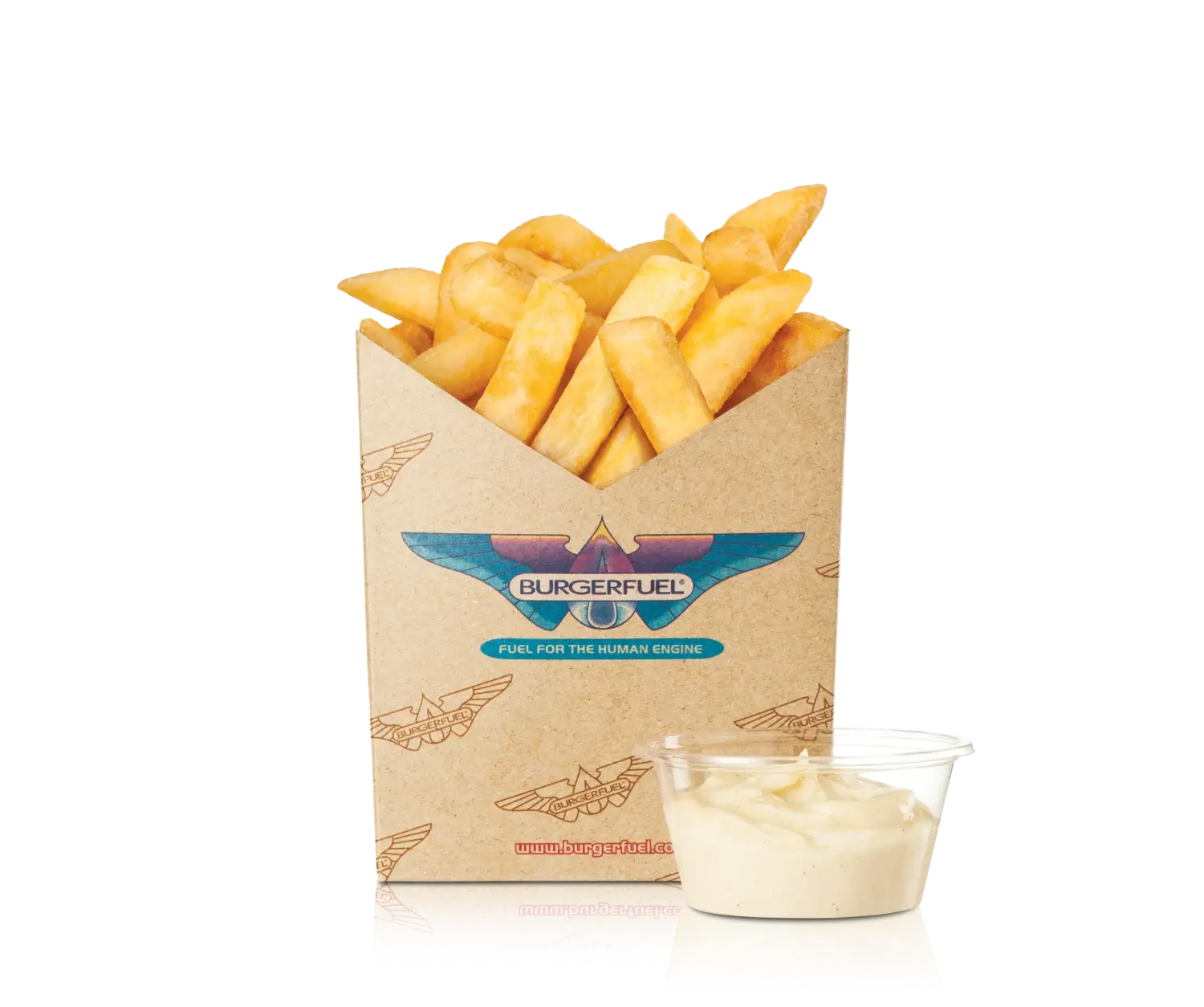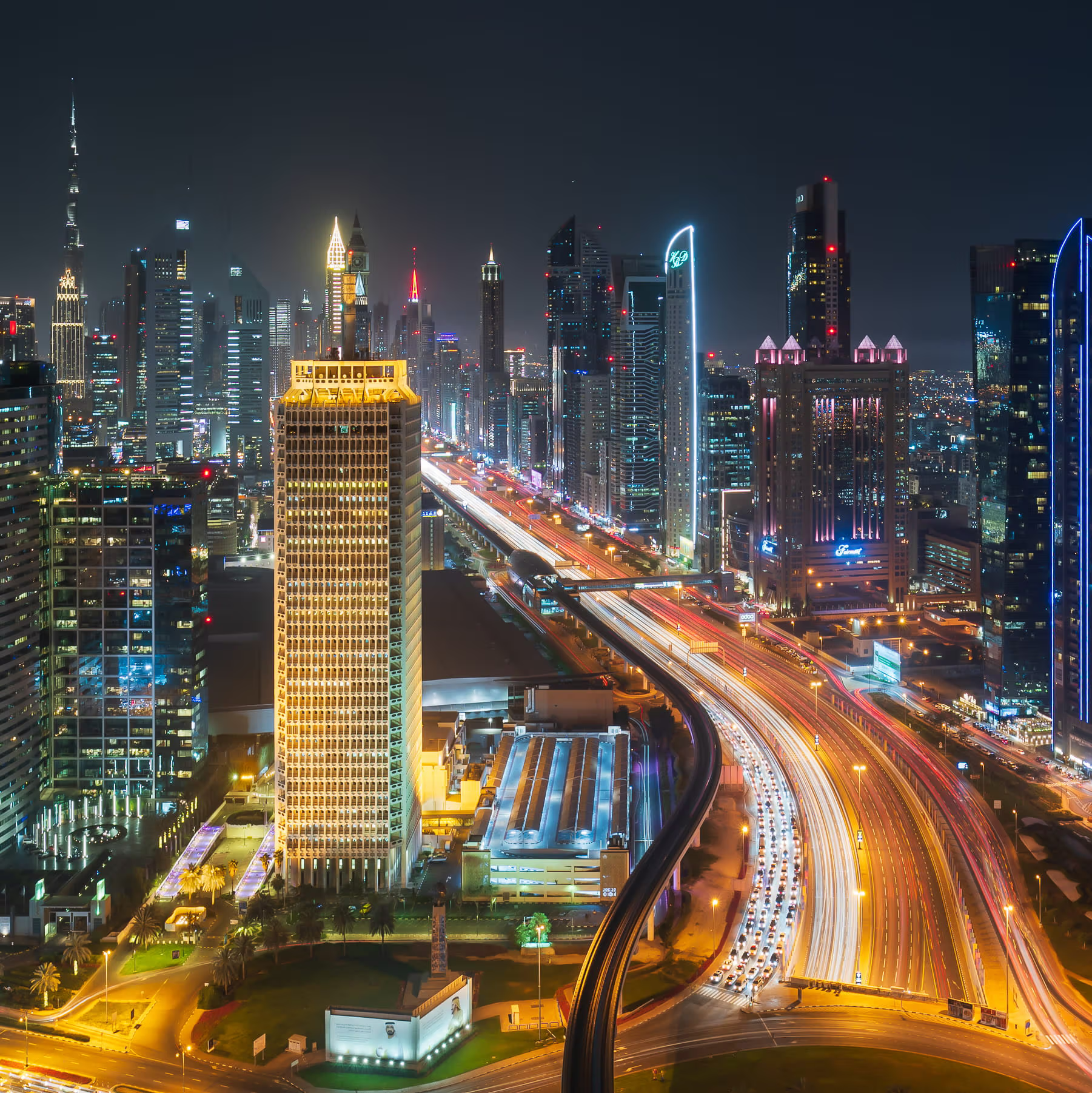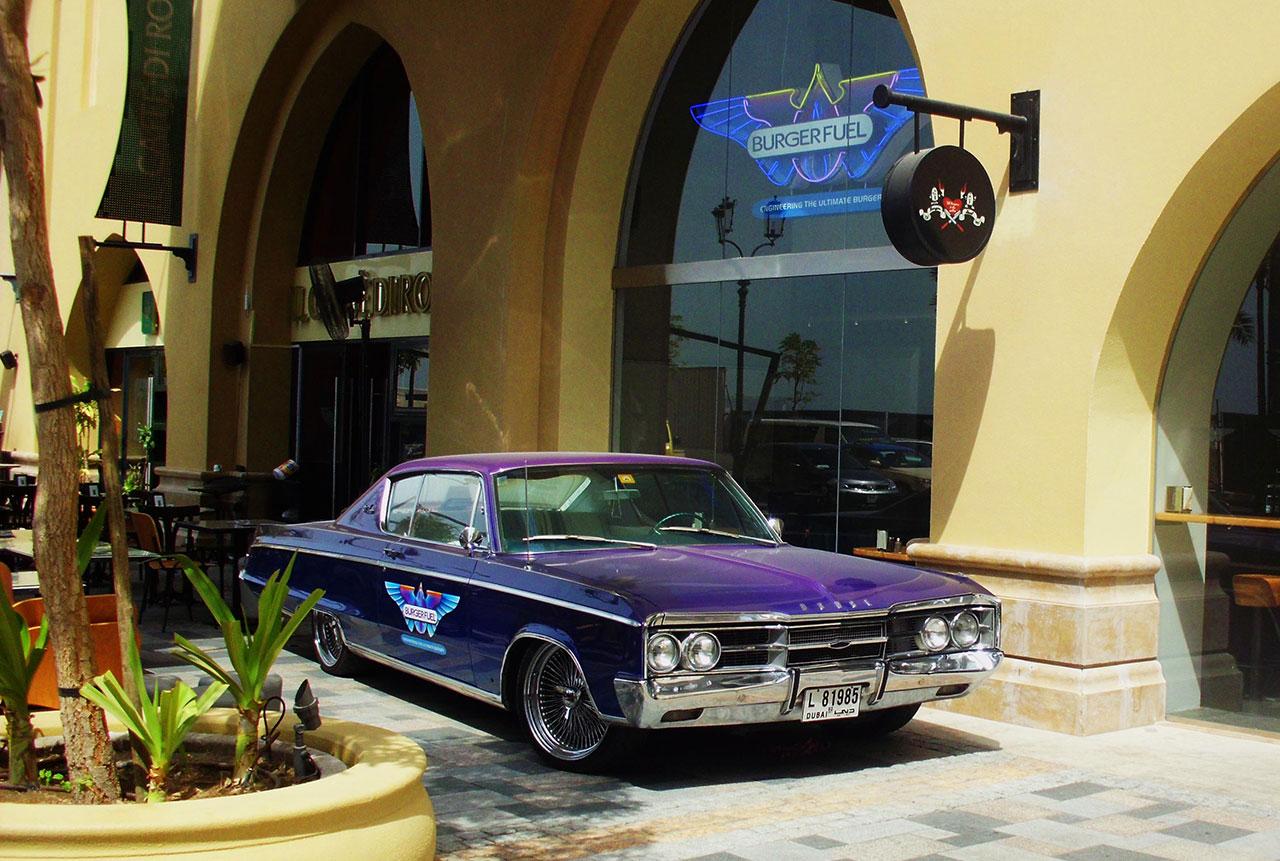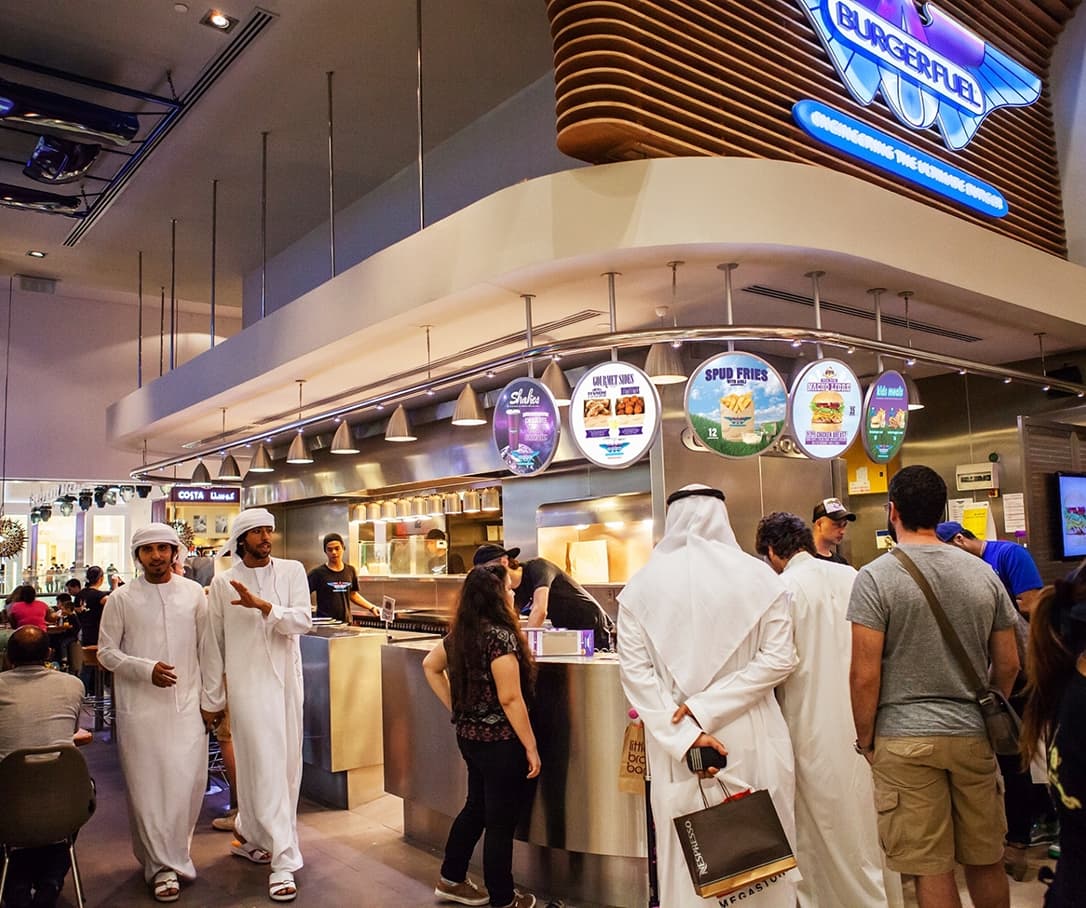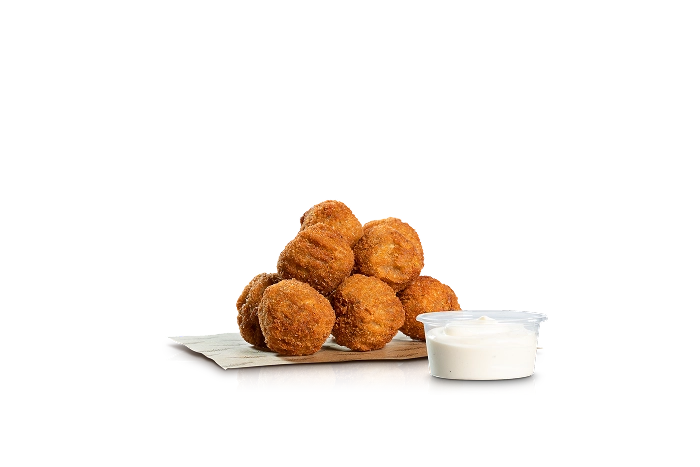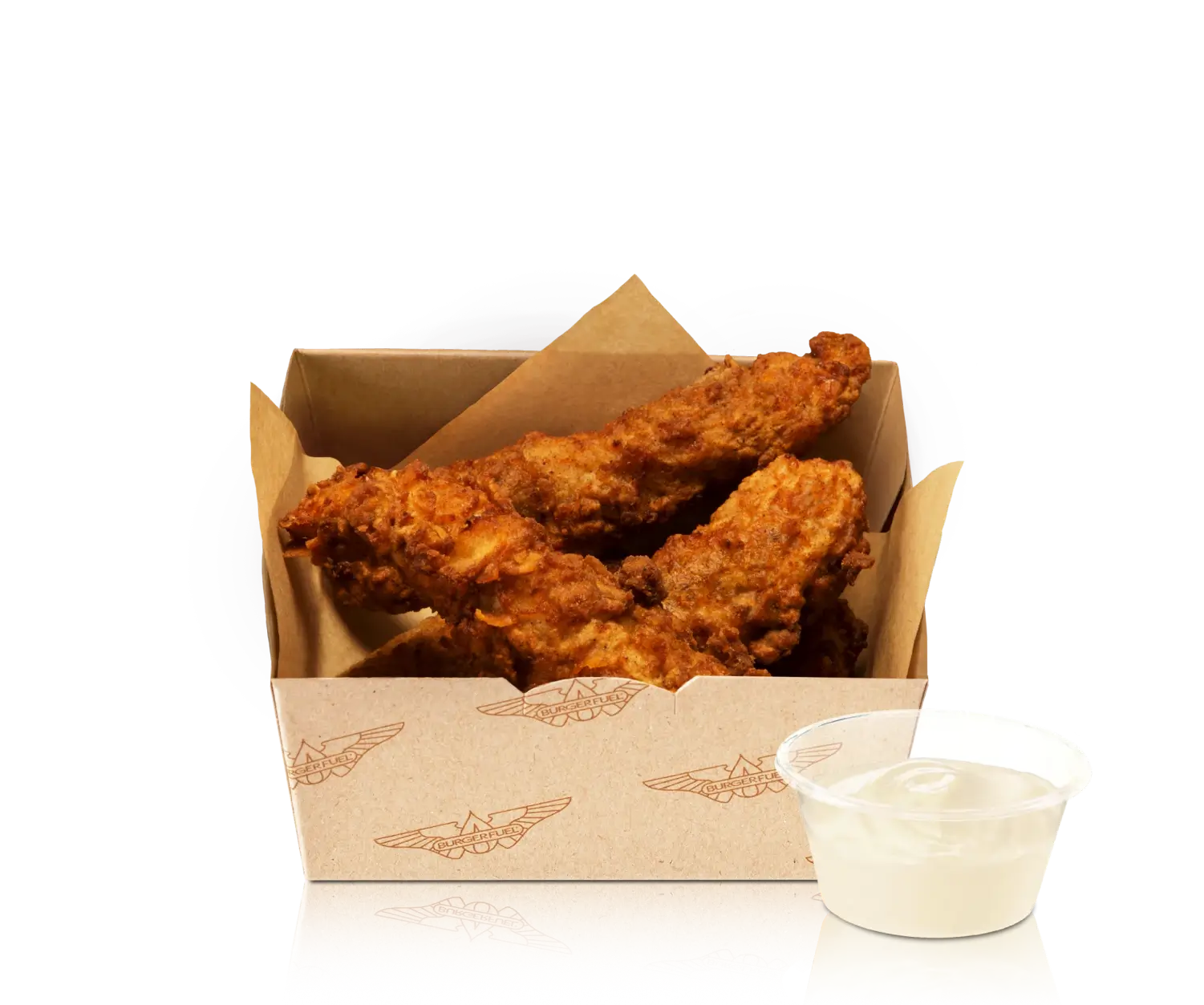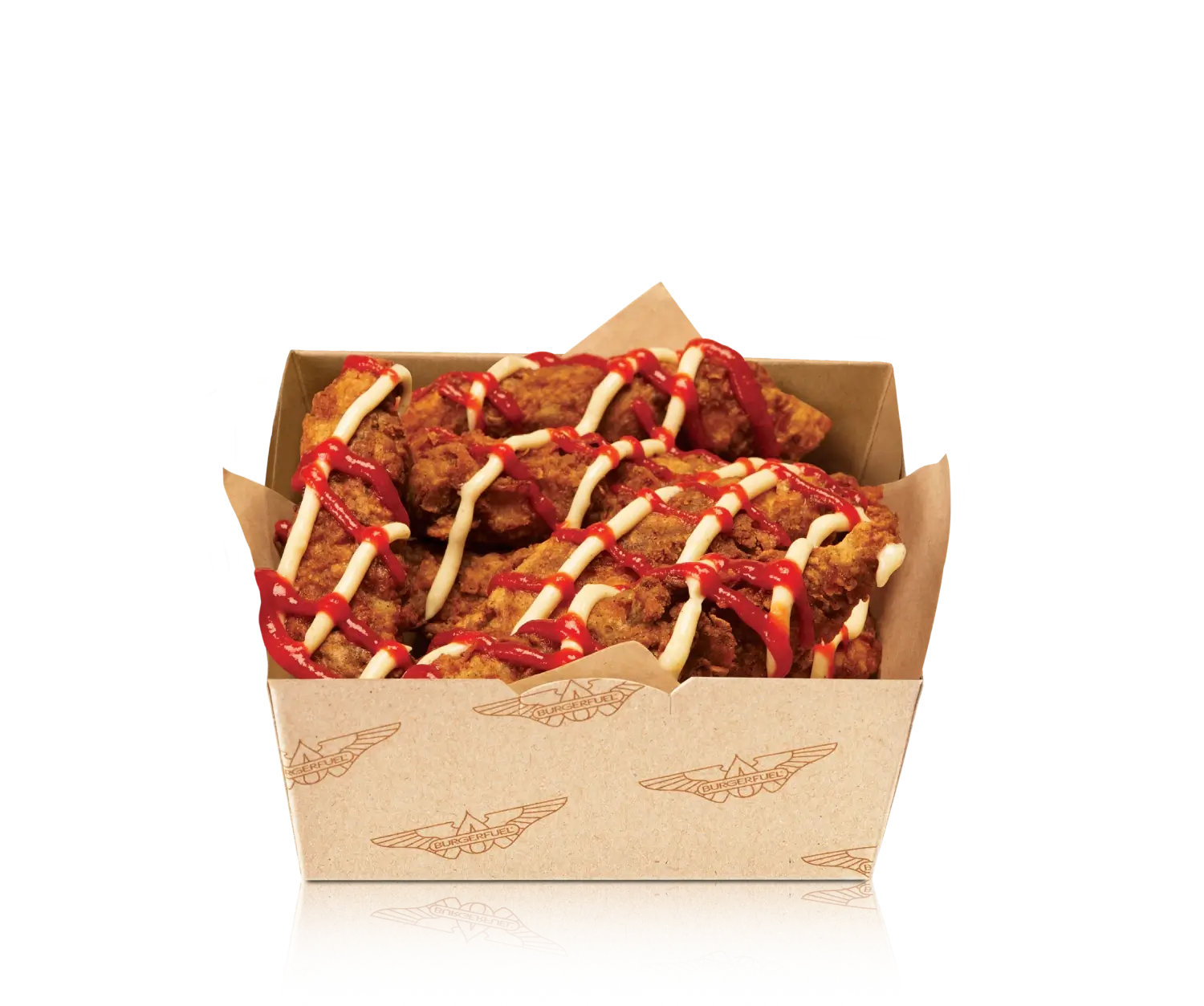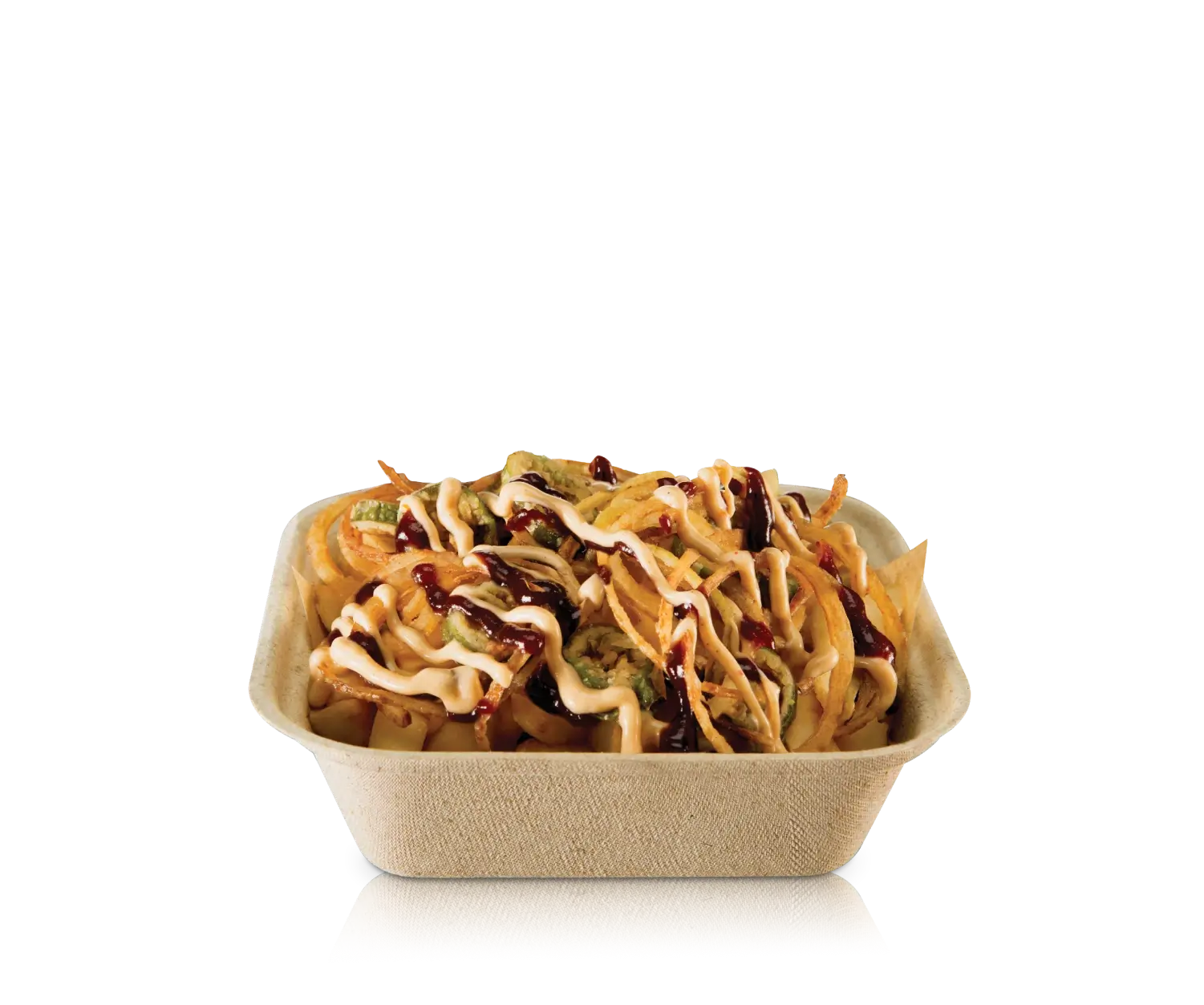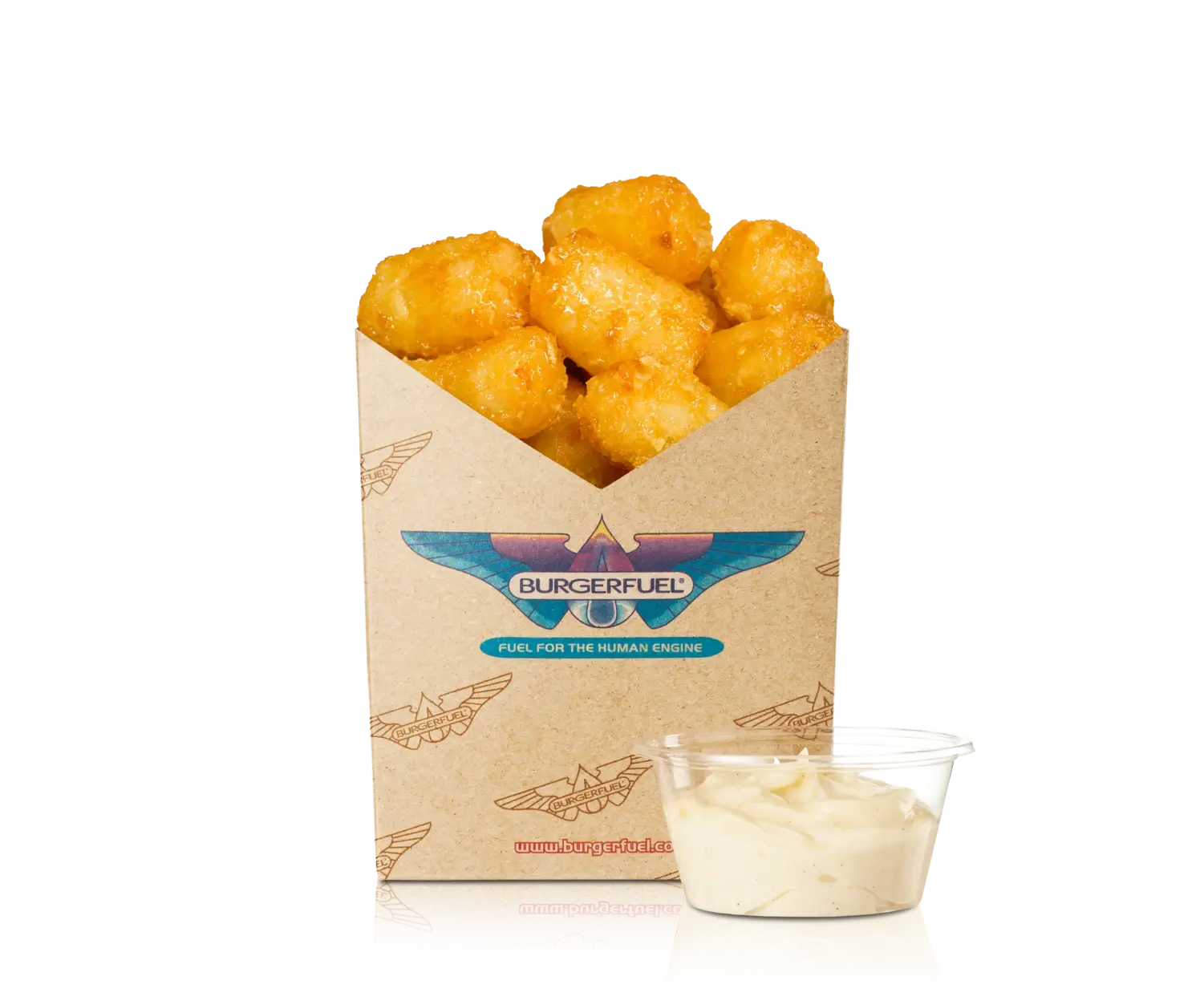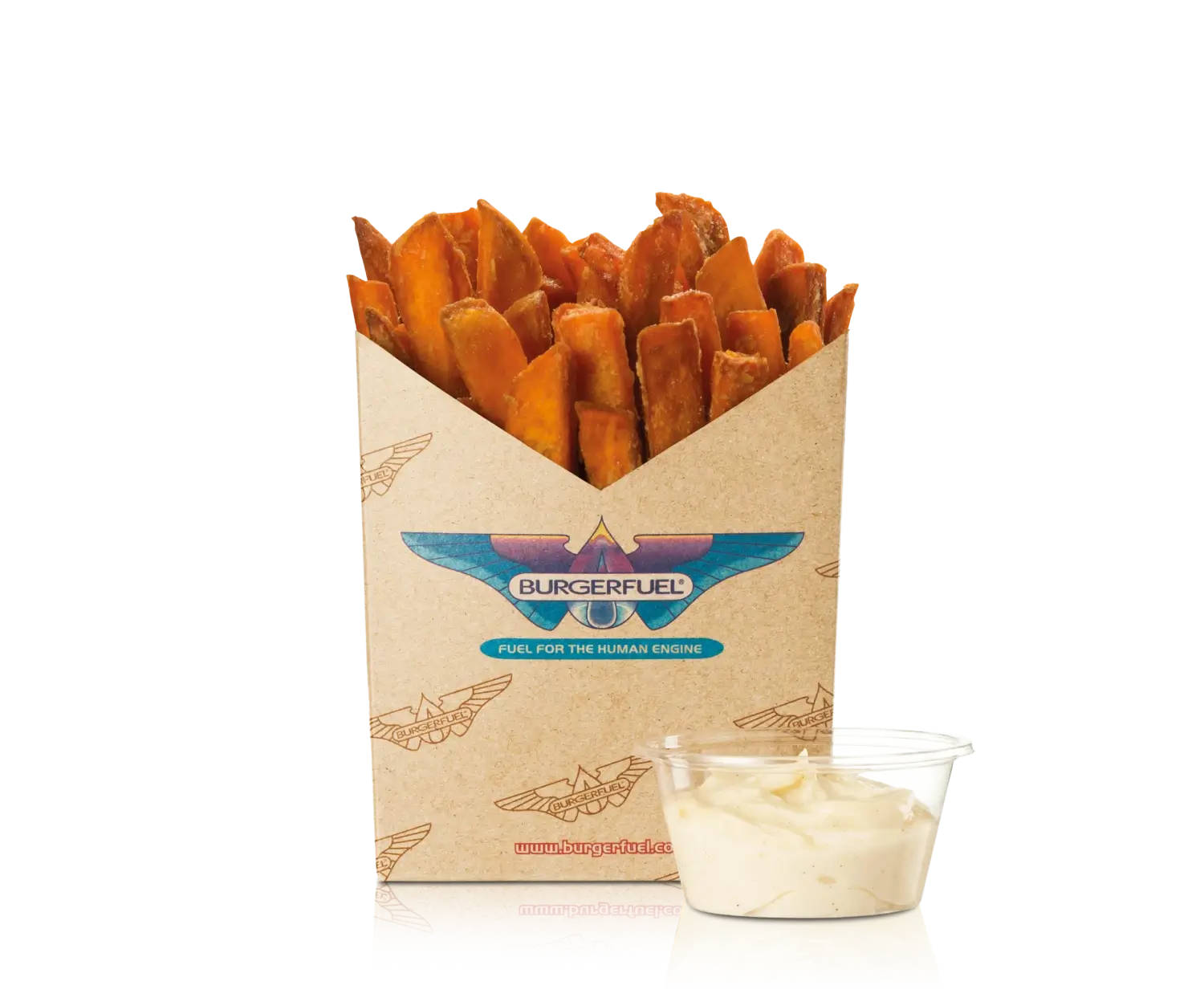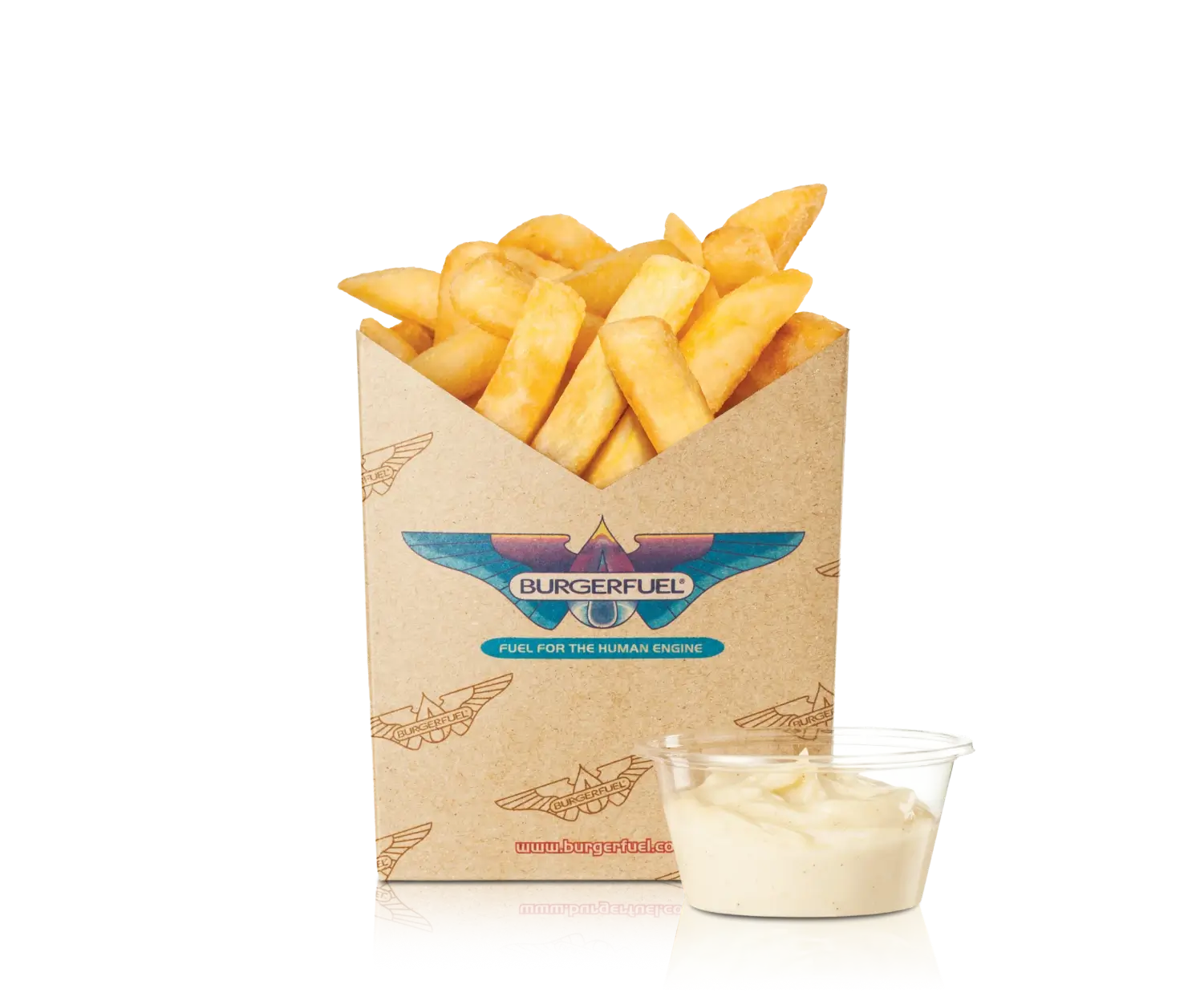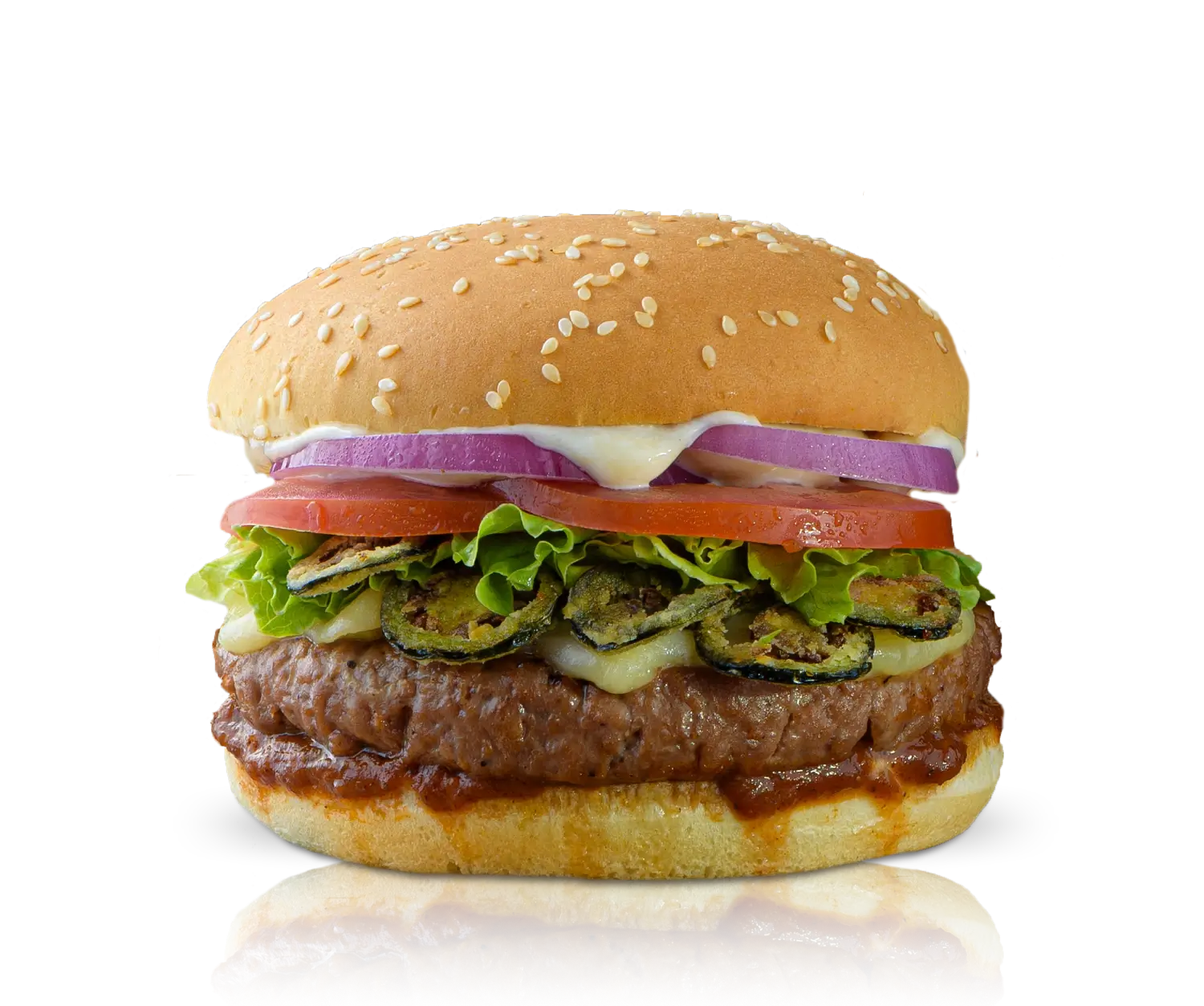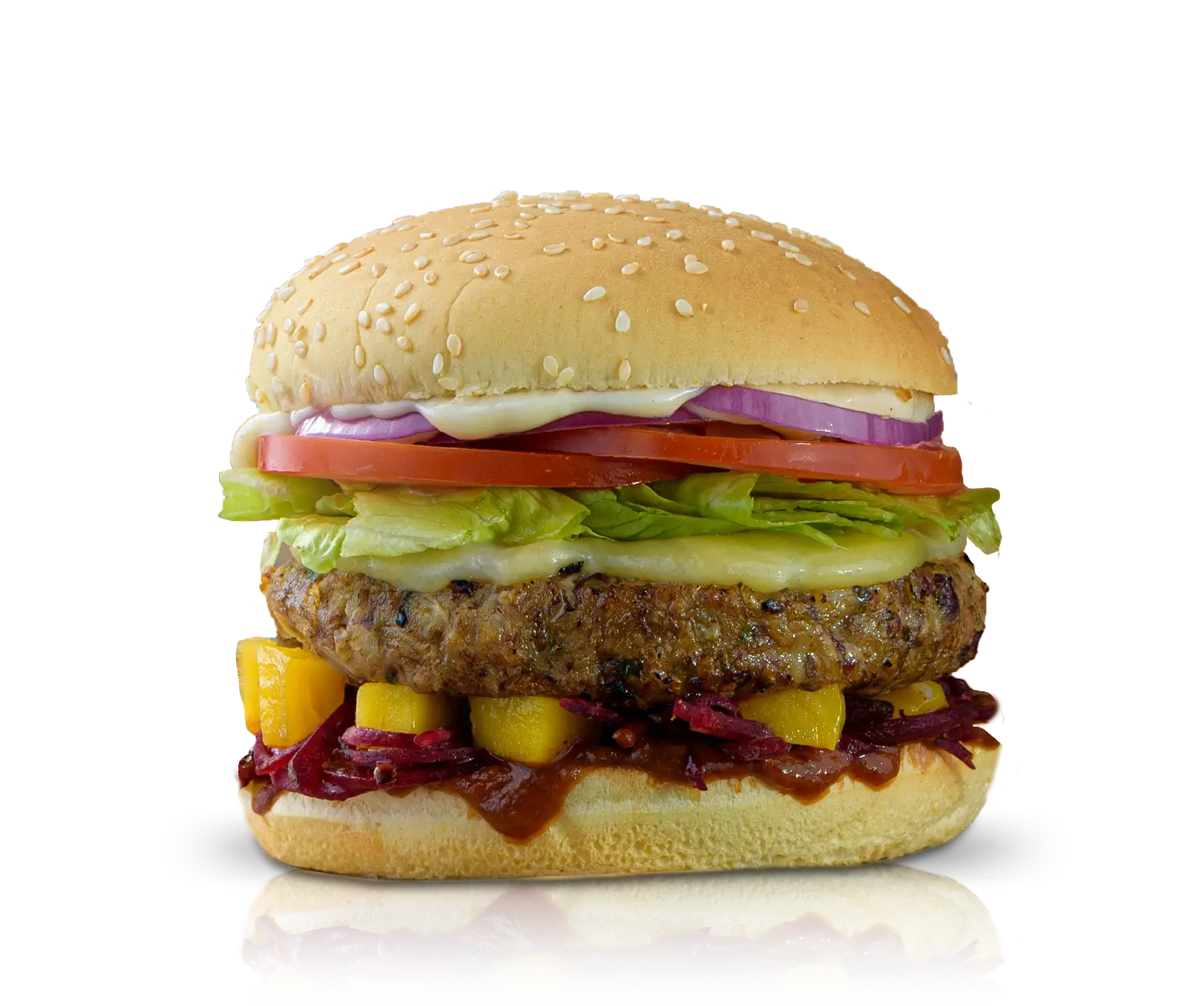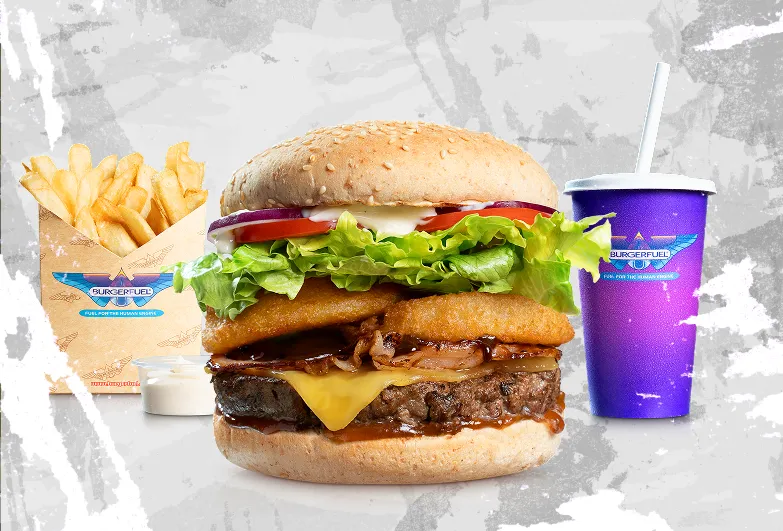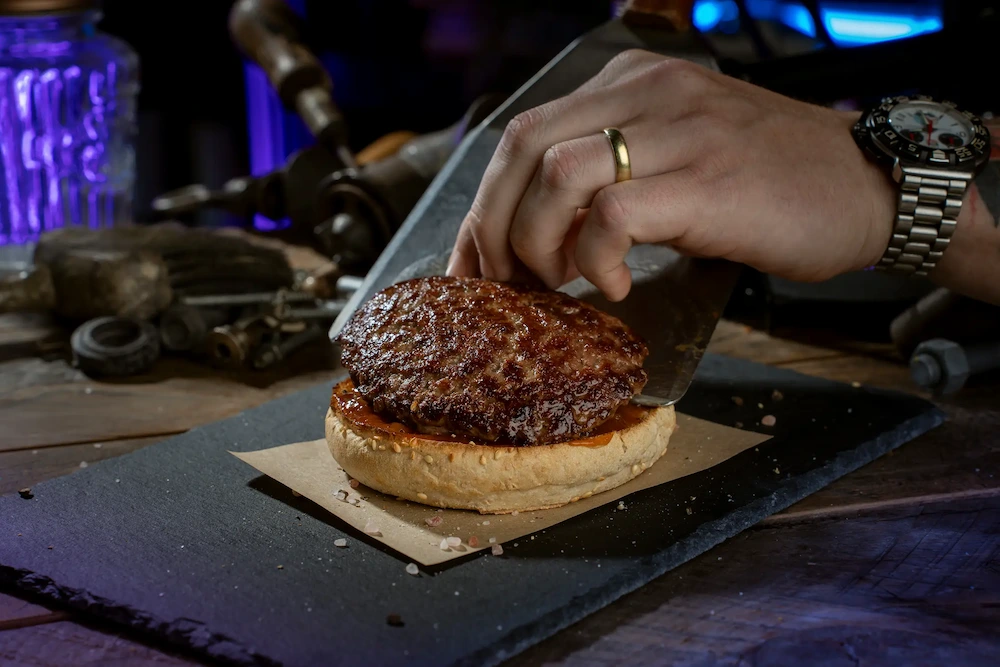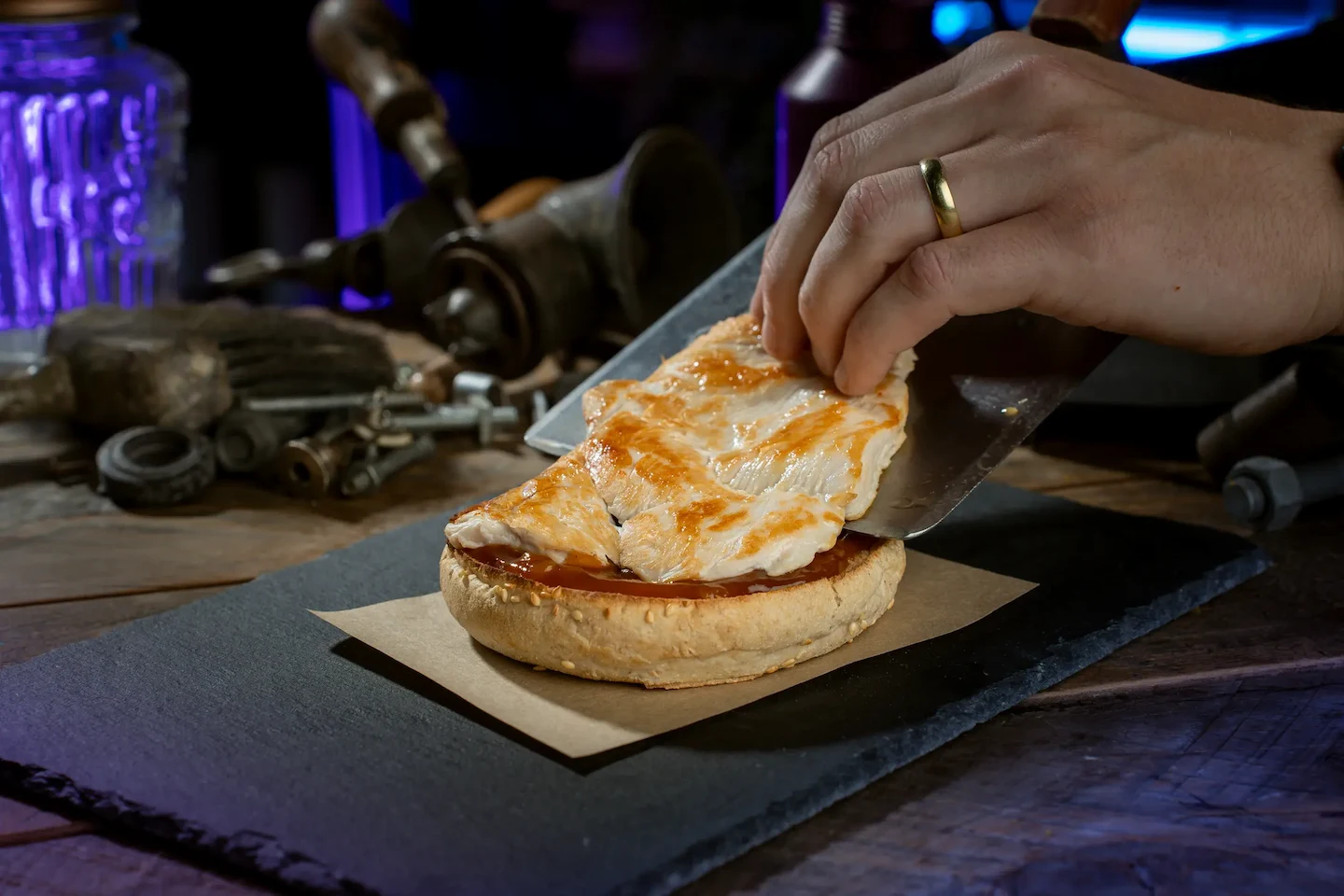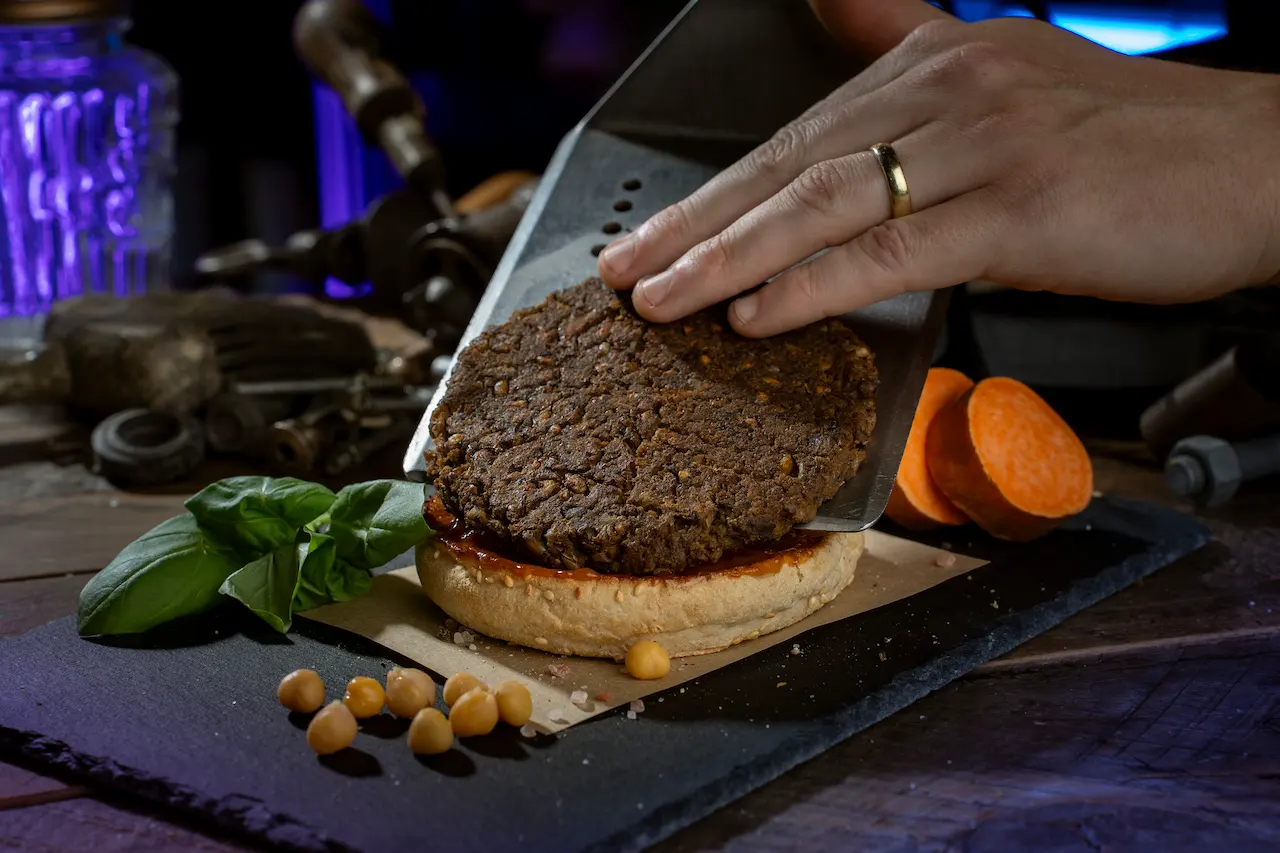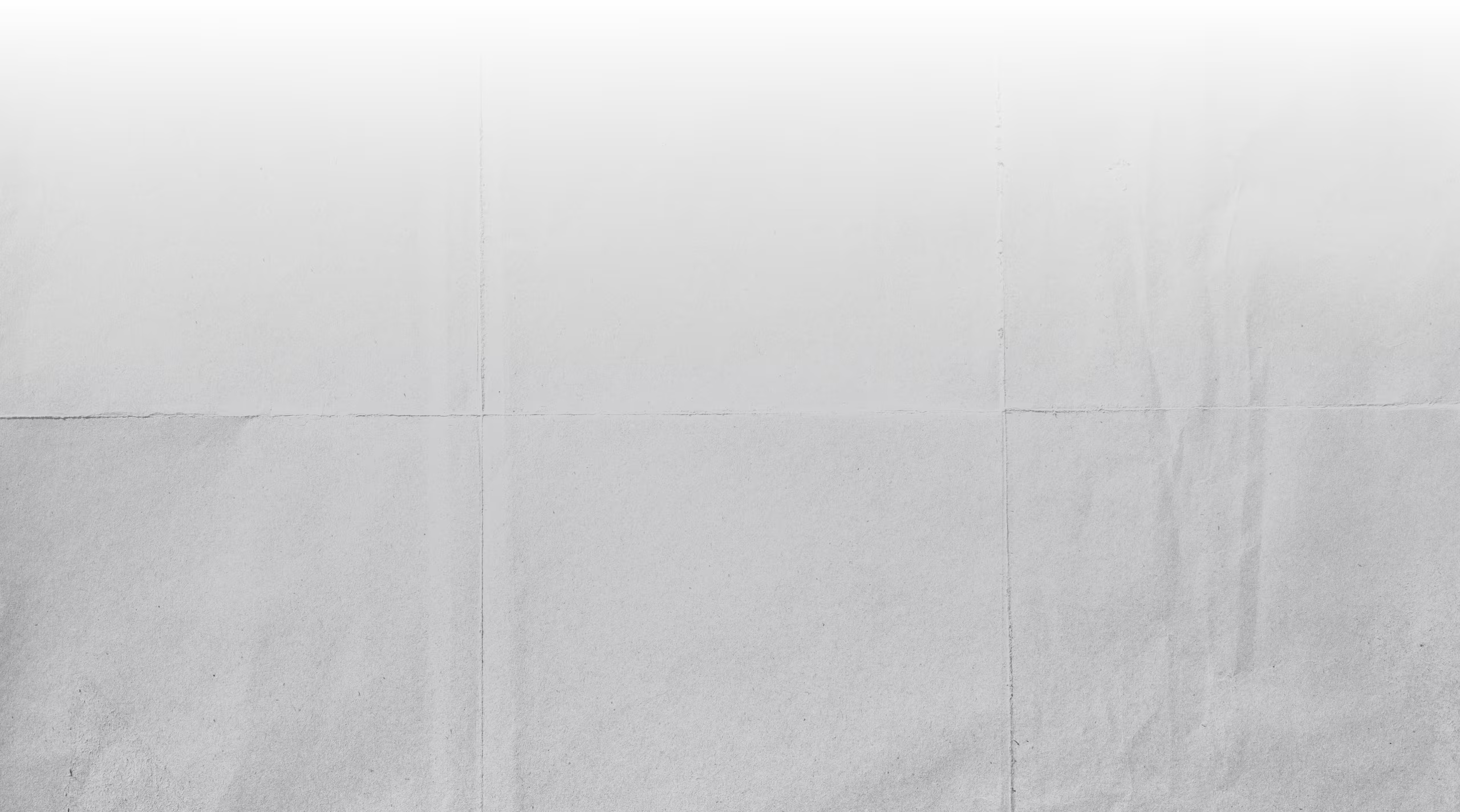
Order Now
Order Now
Order Now
Order Now
Order Now
Order Now
Order Now
Order Now
Order Now
Order Now
Order Now
Order Now
Order Now
Order Now
Order Now
Order Now
Order Now
Order Now
Order Now
Order Now
Order Now

Follow us
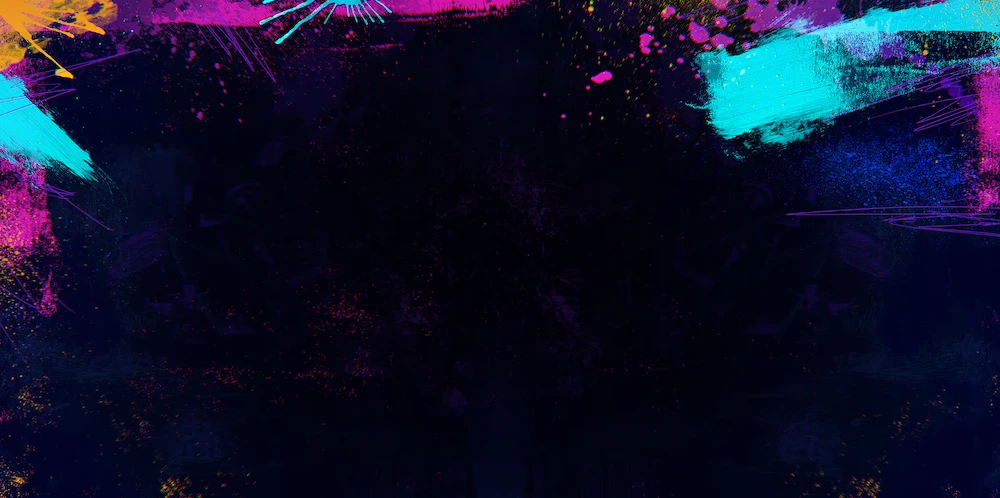
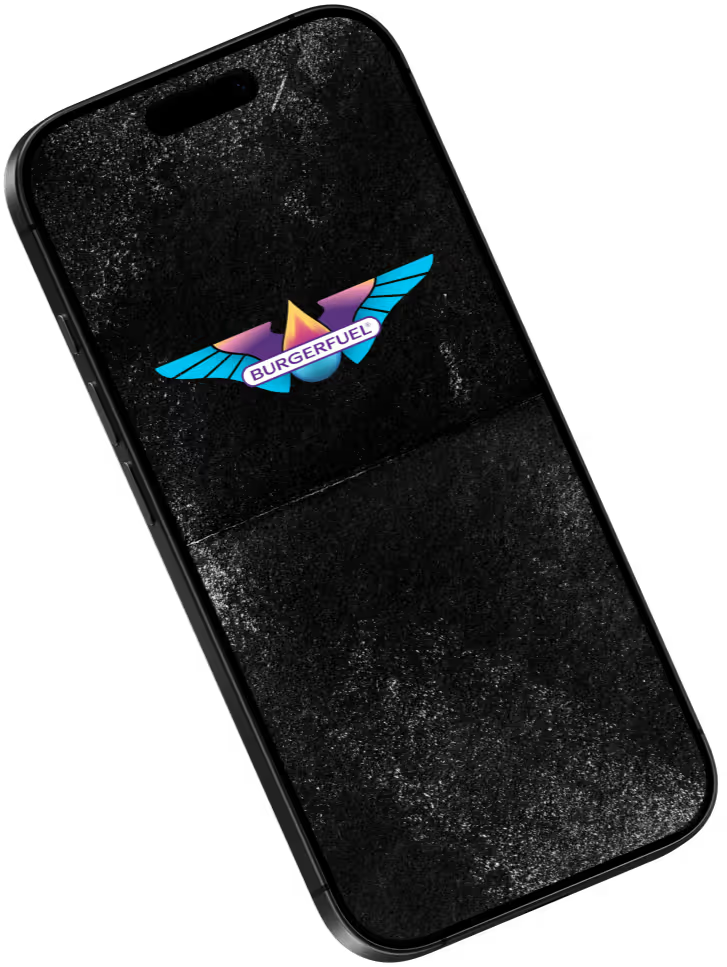
Instagram
Instagram
Instagram
Instagram
Instagram
Instagram
Instagram
Instagram
Instagram
Instagram
Instagram
Instagram
Instagram
Instagram
Instagram
Instagram
Instagram
Instagram
Instagram
Instagram
Instagram
Instagram
Instagram
Instagram
Instagram
Instagram
Instagram
Instagram
Instagram
Instagram
Instagram
Instagram
Instagram
Instagram
Instagram
Instagram
Instagram
Instagram
Instagram
Instagram
Instagram
Instagram
Instagram
Instagram
Instagram
Facebook
Facebook
Facebook
Facebook
Facebook
Facebook
Facebook
Facebook
Facebook
Facebook
Facebook
Facebook
Facebook
Facebook
Facebook
Facebook
Facebook
Facebook
Facebook
Facebook
Facebook
Facebook
Facebook
Facebook
Facebook
Facebook
Facebook
Facebook
Facebook
Facebook
Facebook
Facebook
Facebook
Facebook
Facebook
Facebook
Facebook
Facebook
Facebook
Facebook
Facebook
Facebook
Facebook
Facebook
Facebook
Fuel for the
Human Engine

